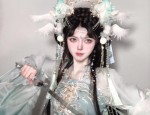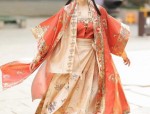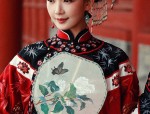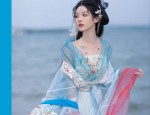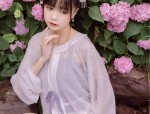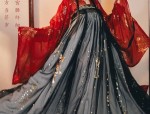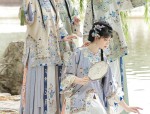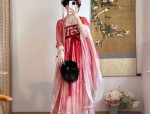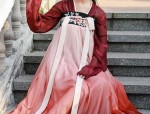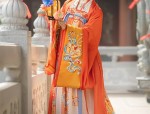Embellishments on Cheongsam:A Glimpse into the Splendor of Traditional Chinese Dress
In the realm of traditional Chinese fashion, the cheongsam stands out as a symbol of elegance and cultural richness. More than just a garment, it is a canvas for intricate designs and exquisite embellishments that reflect the craftsmanship and cultural significance of the past. Among the various elements that grace the cheongsam, the decorations are particularly noteworthy for their intricate details and symbolism.
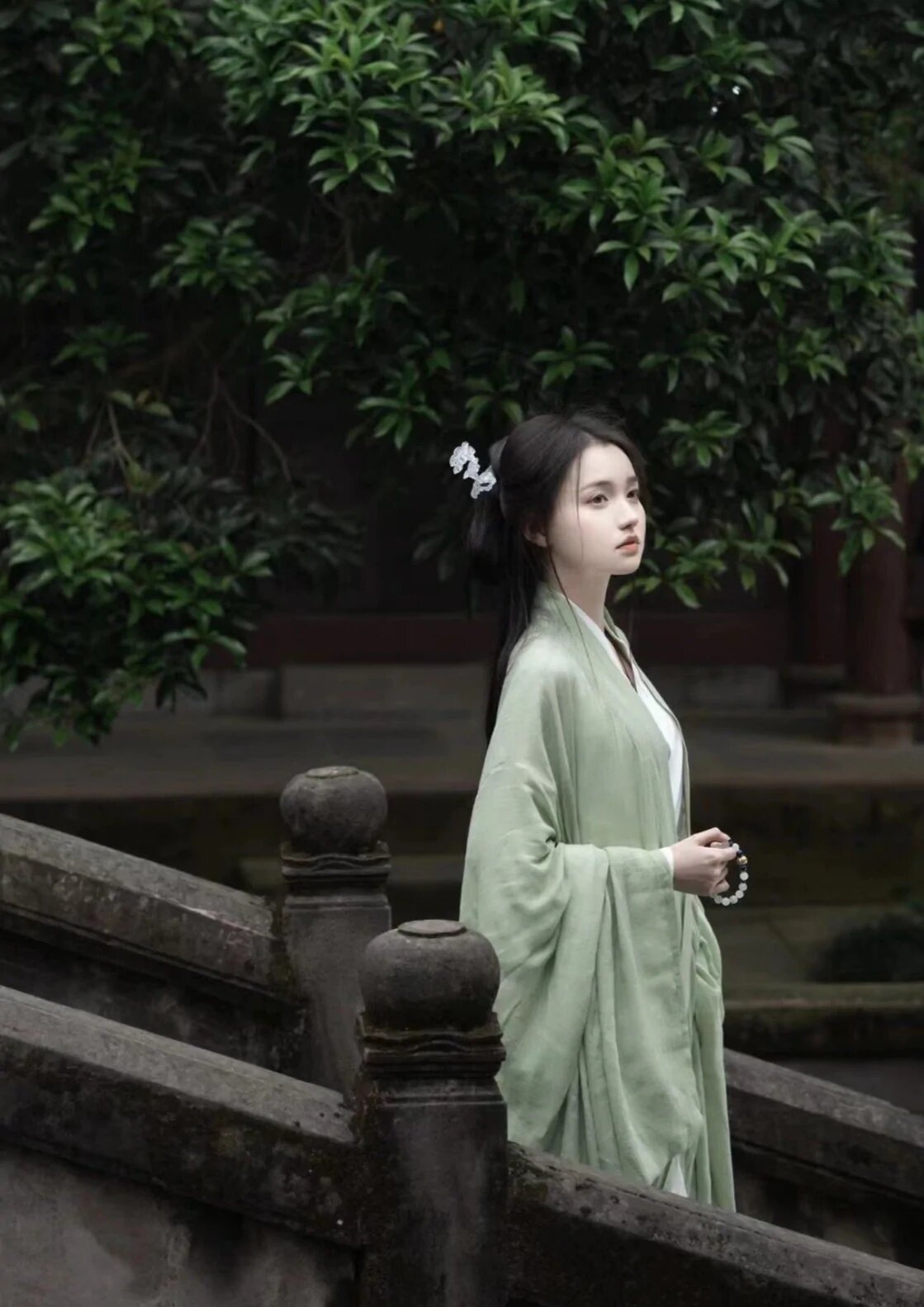
The cheongsam, also known as a long robe or mandarin dress, has a long history dating back to the late 19th century. It is not only a garment of beauty but also a symbol of status and respect. The intricate designs and patterns on the cheongsam are often inspired by nature, such as flowers, birds, and clouds, reflecting the harmony between nature and human beings.
The embellishments on the cheongsam are an integral part of its beauty and design. These decorations range from simple to complex, depending on the occasion and the desired style. One of the most common embellishments is the use of beads and sequins, which add a sparkle and shine to the garment. These beads are often made of glass or crystal and are strategically placed to enhance the overall look of the cheongsam.
Another important embellishment is the use of embroidery. This technique involves stitching threads onto the fabric to create patterns or designs. The type of embroidery used on the cheongsam can vary, including cross-stitch, running stitch, and appliqué. The threads used in embroidery are often bright in color and add a pop of color to the overall design.
In addition to beads and embroidery, other embellishments on the cheongsam include lace, buttons, and trims. Lace is often used to add a delicate and elegant touch to the garment, while buttons are used to fasten the cheongsam and also serve as decorative elements. Trims such as ribbons and fringes are also added to enhance the overall look and feel of the cheongsam.
The placement of these embellishments is also significant. They are often placed in strategic positions to enhance certain features of the wearer or to follow traditional design principles. For instance, beads and sequins may be placed along the hem or along the edges of the cheongsam to catch the light and add a sparkle. Embroidery may be used to decorate the chest or back of the cheongsam, adding a touch of elegance and richness.
The use of these embellishments not only enhances the beauty of the cheongsam but also reflects the cultural significance of traditional Chinese fashion. These decorations are not just for aesthetics but also carry symbolic meanings. For instance, certain patterns or designs may represent good luck, prosperity, or harmony. The intricate details and craftsmanship behind these embellishments are a testament to the skilled craftsmanship and cultural heritage of China.
In conclusion, the embellishments on the cheongsam are not just decorative elements but are an integral part of traditional Chinese fashion. They reflect the cultural significance, skilled craftsmanship, and symbolism that have been passed down through generations. By exploring these embellishments, we can gain a deeper understanding of traditional Chinese culture and fashion.
The cheongsam, with its intricate designs and beautiful embellishments, continues to captivate people from around the world. It is not just a garment but a symbol of cultural richness and beauty that represents China's rich history and tradition. As we look at these embellishments, we see not just beauty but also a deep understanding of craftsmanship and cultural heritage that has been passed down through generations.

 Previous Post
Previous Post

